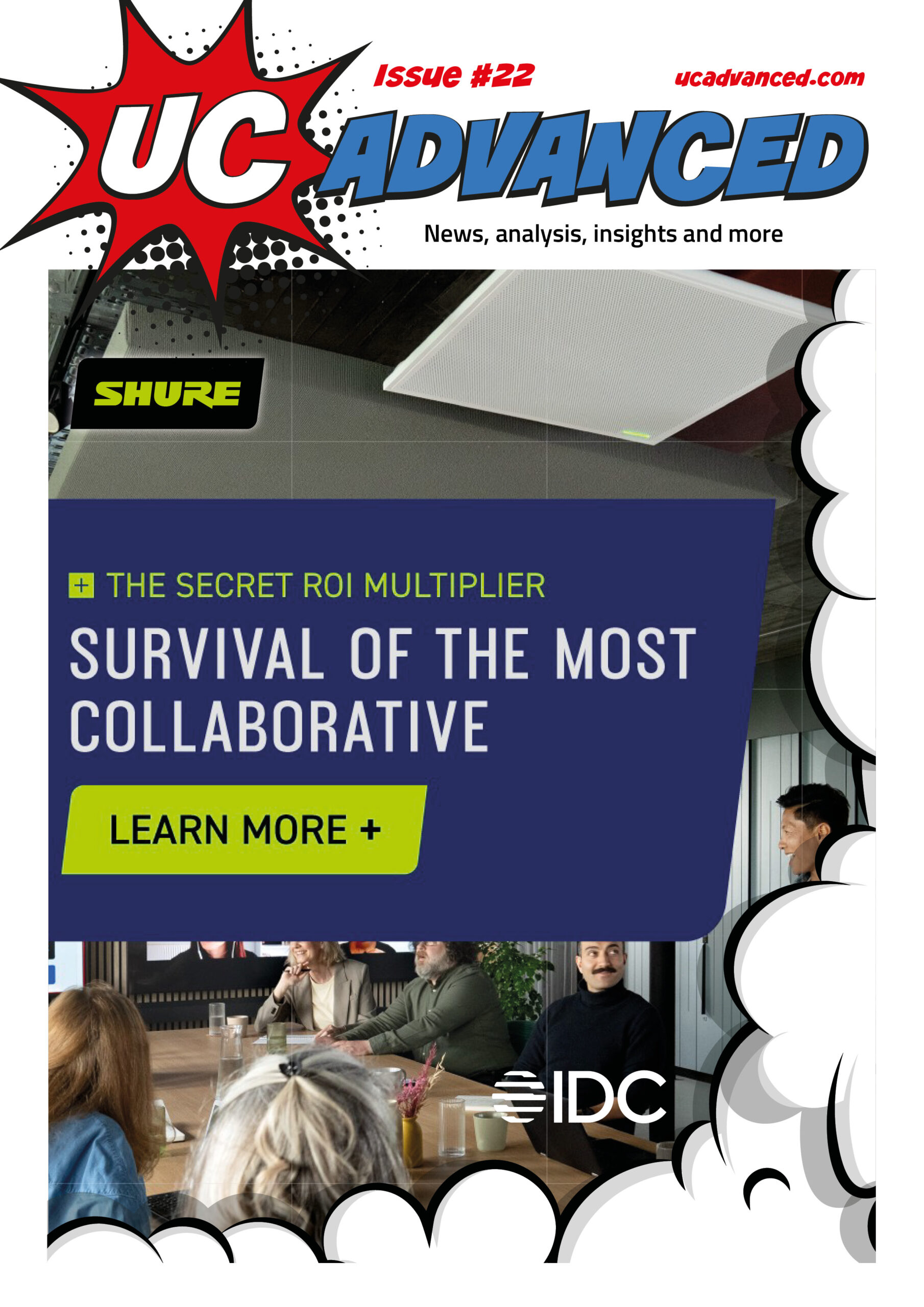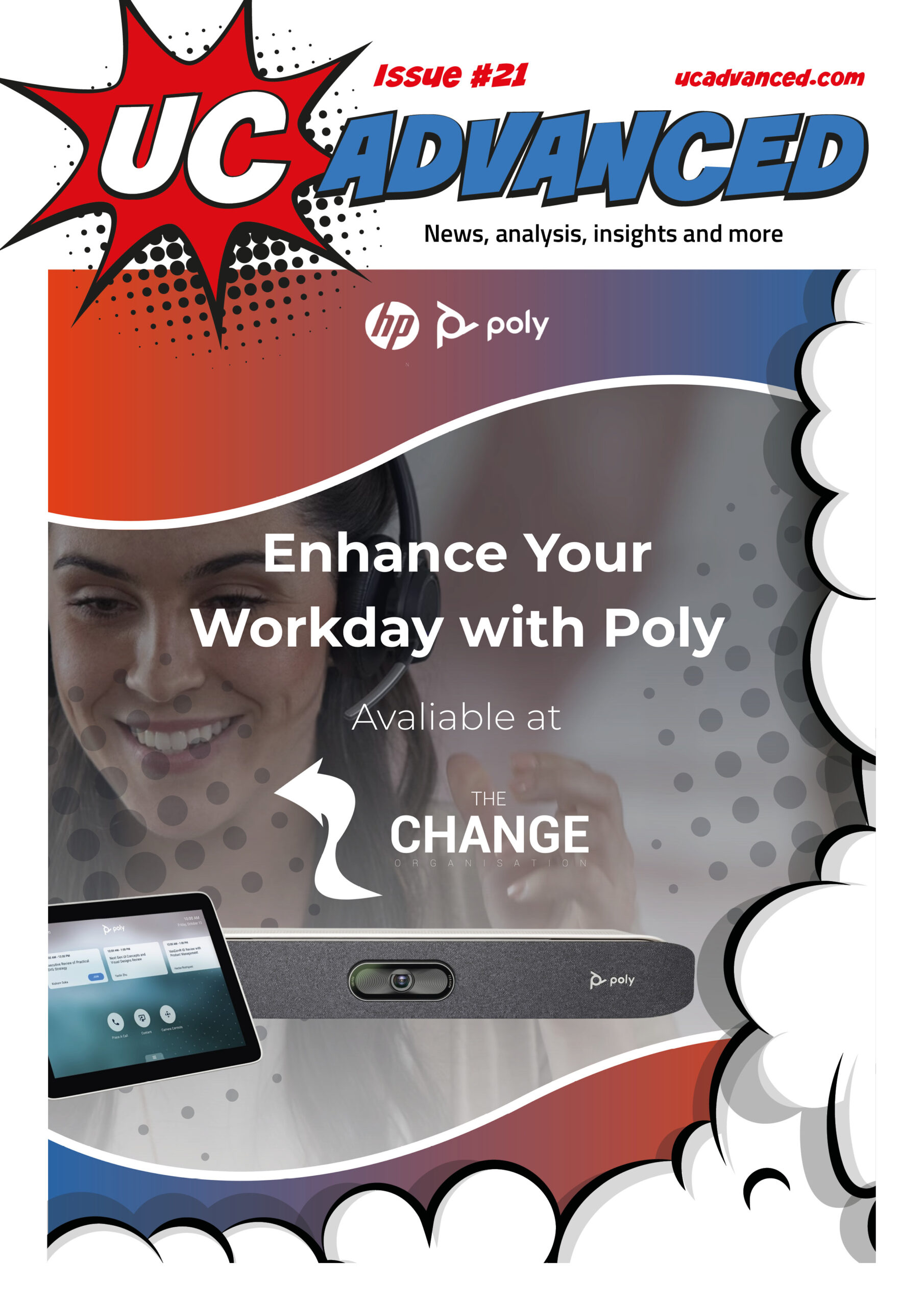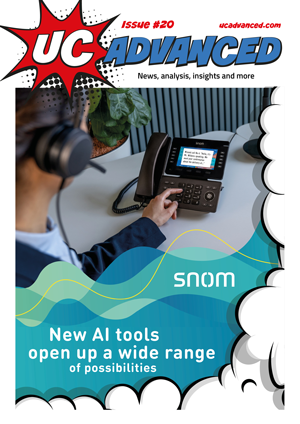Done with meetings, video is now on its way to revolutionising customer communications. Is there ever a good time to call the customer service line? I’d say no.
Certainly I don’t dial the number with hopes of a bit of banter, and potentially a new best friend. I cast no aspersions on those who do enjoy calling customer service of course; although I can’t see myself buying you a pint!
Regardless, we’ve all been there. The boiler’s packed up, the WiFi is slow, it’s seemingly impossible to set up the new computer, and you’re forced to search the manual or scroll through Google for the customer service number.
From there a typical call will contain descriptions of what light is flashing, what the metre is saying, and the comically inevitable ‘have you tried turning it off and on again?’ until the problem is fixed, often after the best part of an hour.
The answer to avoiding these excruciating interactions, aside from fixing your own problems, now lies in video, as Lisa Orford, Vice President and Contact Centre Manager at 8×8 explains: “Video can transform how customer support and engagement is carried out.
“Firstly, it can further humanise the engagement between customer and organisation because the customer can see who they are chatting with. But the big changes are in speed of service and environmental benefits.
“If someone is calling about certain kinds of situations, for example a boiler isn’t working, a problem with a tap or there’s an issue with wifi, then it is possible for the customer support specialist to talk through the issue with the customer and resolve it there and then, as we’ve seen this at 8×8 through our clients.
“No waiting for a specialist engineer to become available for an on-site visit: with video, quite often the issue can be solved there and then, hugely increasing customer satisfaction. Equally, even when the problem can’t be fully resolved over video, sometimes a workaround can be put in place until an engineer can be on site.”
Building Trust
Naturally, giving agents the power of sight is going to improve the service that they provide. According to a case study from Streem, contact centre video specialists, their client Traeger Grills have seen a reduction in call handle times, demonstrating the better service that their agents are providing now that they can utilise video.
On top of this, Traeger Grills saw a 30% boost in customer KPIs. First call resolution increased by over 60%, 74% of customers said Traeger support was fast and easy, and agent satisfaction rose above 90%.
As a result of the introduction of video, Traeger has clearly been able to improve the experience of the customer but also the agent. According to Jack Fisher, Pre-Sales Consultant at Nasstar, trust is at the heart of the advantages video brings to the Contact Center.
“Video helps to build trust with customers and improve customer satisfaction by providing a more personalised experience. It empowers reps to identify the root cause of problems and offer an effective solution faster, thus reducing the overall number of customer touchpoints.
“Brands can also escalate their VIP customers or high-value cases to video-enabled agents for more effective resolutions.”
“The benefits of introducing video are numerous,” said Gene Caballero, Co Founder of GreenPal and former contact centre managing director. “Especially when it comes to reducing resolution times and improving first-call resolution rates, as issues can often be resolved more efficiently through visual aids.
“One of the reasons for that is that the use of video can help build trust and rapport with customers, as they can see and interact with a real person. It can also increase customer satisfaction by providing more personalised support and visual demonstrations.”
Comfort in Sight
With all these positives there has to be a reality check. This one comes in the form of how comfortable each person is being seen, because while video can help build rapports, factors like video call anxiety can tear down any relationship that was building.
Caballero went on to add that “some customers may be hesitant or uncomfortable with using video, and it may not be the most practical solution for all types of inquiries.”
Fisher agreed, adding “sometimes customers don’t feel entirely comfortable interacting over video, so it’s important to have multiple communication methods available. Thankfully, service providers are always innovating and working hard to address these challenges.
“Microsoft Teams, for example, will soon be rolling out new features such as avatars for those who don’t feel comfortable with video, but still want to experience enhanced digital interactions.”
Avatars may be an eventual solution to the problem, but agents who are feeling anxious will be looking for a solution now. In order to mitigate these concerns, Orford said that introducing video to the contact centre needs to be carried out with sensitivity.
“There’s a lot that needs to be considered when introducing video and ultimately it comes down to what is right for each company’s customers. Some people like video tech that follows a person about, while others would rather have it tight on their faces and not showing a lot of the area around them.
“Equally, it always needs to be permission-based with agents giving customers the option of video and having the customer understand what that means, along with getting consent if the video is being recorded and stored.
“The onus here is on the company and the contact centre management though because in addition to the above, you need to ensure that staff are well-trained in using video, otherwise it could lead to a disastrous customer experience.”
Beyond Training
As agents already go through extensive training, adding a video interaction section may be the easier path to take.
However, as Amruth Laxman, founding partner at 4Voice says, agents still need to be willing to go on camera. “The negatives of integrating video into the contact centre is that companies will need to hire camera-ready people who are also knowledgeable in the product or service being provided.
“That could involve some training and additional funding. It also wouldn’t work where companies use overseas customer service call centres or remote workers because there is less control and possibly more communication issues.”
But Orford said that the framing of the ‘negatives’ isn’t entirely correct, describing teething problems that can be solved rather than small disasters.
“There are potential issues that can arise from not considering all of the elements required to make video work well.
“Firstly, the tech has to work reliably. That means using a tool that provides excellent video quality across a wide range of connections from 3G to fast broadband. In addition the video app or tool needs to integrate well with existing systems, if it is being brought in as an add-on.
“Aside from the technical issues you also need to make sure staff are trained on how to appear on video, how to look attentive and empathetic, ensuring their background and attire are brand-appropriate and that any scripts they are using include potential tips on how they should appear.”
Humanising the process
Through worries about customer’s response to video and whether the tech can keep up with customer demands, the efficiency savings in getting workers out to customers, as well as the environmental savings, is another area where integrating video makes sense.
The old adage about acquiring new customers being five times more expensive than keeping an existing one comes to mind here. Customer service is a crucial component of that equation as Fisher explains.
“Video can help to manage costs by reducing the need for on-site visits. It can also help increase sales by providing a more engaging experience for customers.”
“One of the most effective approaches is to provide customer support teams with adequate training to ensure end-users receive the best service possible. Agents need to make customers feel like video is just another part of the great service that the company can offer.”
Orford agreed, and highlighted the environmental benefits too. “There’s multiple benefits when video is introduced and efficiently deployed. The most obvious one is that of speedier resolution to customer issues in many scenarios. Instead of waiting for a service engineer or similar to be available, something that can take days or weeks, many scenarios can be resolved over video.
“Additionally you have environmental benefits if staff aren’t having to travel to off-site locations as there’s no fuel costs. This also means there’s less wear and tear on fleet vehicles, and also reduces the chance of workplace travel-related accidents because, potentially, the staff aren’t on the road as much.
“Lastly, there’s the brand benefit. In addition to potentially solving problems quicker, many customers may feel more affinity towards the brand because they’ve been able to see the person that they are engaging with. It humanises the whole process.”












